Alessandro Bettini0521880211, 9780521880213
Table of contents :
Cover……Page 1
Half-title……Page 3
Title……Page 5
Copyright……Page 6
Contents……Page 7
Preface……Page 11
Appendices……Page 13
Reference material on the Internet……Page 14
Acknowledgments……Page 15
1.1 Mass, energy, linear momentum……Page 17
1.2 The law of motion of a particle……Page 20
1.3 The mass of a system of particles, kinematic invariants……Page 21
1.4 Systems of interacting particles……Page 25
1.5 Natural units……Page 27
1.6 Collisions and decays……Page 29
1.7 Hadrons, leptons and quarks……Page 35
1.8 The fundamental interactions……Page 37
Ionisation loss……Page 39
Energy loss of the electrons……Page 41
Energy loss of the photons……Page 42
Energy loss of the hadrons……Page 43
Cosmic rays……Page 44
Accelerators……Page 47
Storage rings……Page 48
1.11 Particle detectors……Page 52
Nuclear emulsions……Page 53
Cherenkov detectors……Page 54
Cloud chambers……Page 57
Bubble chambers……Page 58
Ionisation detectors……Page 61
Multi-wire chambers……Page 62
Drift chambers……Page 63
Silicon microstrip detectors……Page 65
Electromagnetic calorimeters……Page 66
Hadronic calorimeters……Page 67
Problems……Page 68
Further reading……Page 73
2.1 The muon and the pion……Page 75
2.2 Strange mesons and hyperons……Page 78
2.3 The quantum numbers of the charged pion……Page 81
2.4 Charged leptons and neutrinos……Page 85
2.5 The Dirac equation……Page 90
2.6 The positron……Page 92
2.7 The antiproton……Page 94
Problems……Page 97
Further reading……Page 99
3.1 Symmetries……Page 100
3.2 Parity……Page 101
3.3 Particle–antiparticle conjugation……Page 104
3.4 Time reversal and CPT……Page 106
3.5 The parity of the pion……Page 107
3.6 Pion decay……Page 108
3.7 Quark flavours and baryonic number……Page 111
3.8 Leptonic flavours and lepton number……Page 113
3.9 Isospin……Page 114
3.10 The sum of two isospins: the product of two representations……Page 117
3.11 G-parity……Page 120
Problems……Page 121
Further reading……Page 124
4.1 Resonances……Page 125
4.2 The 3/2+ baryons……Page 129
4.3 The Dalitz plot……Page 135
4.4 Spin, parity, isospin analysis of three-pion systems……Page 138
4.5 Pseudoscalar and vector mesons……Page 142
4.6 The quark model……Page 147
4.7 Mesons……Page 149
4.8 Baryons……Page 152
4.9 Charm……Page 158
4.10 The third family……Page 167
4.11 The elements of the Standard Model……Page 173
Problems……Page 176
Further reading……Page 179
5.1 Charge conservation and gauge symmetry……Page 180
5.2 The Lamb and Retherford experiment……Page 181
5.3 Quantum field theory……Page 186
5.4 The interaction as an exchange of quanta……Page 189
5.5 The Feynman diagrams and QED……Page 192
5.6 Analyticity and the need for antiparticles……Page 196
5.7 Electron–positron annihilation into a muon pair……Page 199
5.8 The evolution of alpha……Page 202
Problems……Page 208
Further reading……Page 209
6.1 Hadron production at electron–positron colliders……Page 210
6.2 Scattering experiments……Page 215
6.3 Nucleon structure……Page 219
6.4 The colour charges……Page 229
6.5 Colour bound states……Page 233
6.6 The evolution of alphas……Page 237
6.7 The origin of hadron mass……Page 242
6.8 The quantum vacuum……Page 245
Problems……Page 247
Further reading……Page 249
7.1 Classification of weak interactions……Page 250
7.2 Low-energy lepton processes and the Fermi constant……Page 252
7.3 Parity violation……Page 256
7.4 Helicity and chirality……Page 261
7.5 Measurement of the helicity of leptons……Page 265
7.6 Violation of the particle–antiparticle conjugation……Page 272
7.7 Cabibbo mixing……Page 273
7.8 The Glashow, Iliopoulos and Maiani mechanism……Page 276
7.9 The quark mixing matrix……Page 278
7.10 Weak neutral currents……Page 287
Problems……Page 288
Further reading……Page 291
8.1 The states of the neutral K system……Page 292
8.2 Strangeness oscillations……Page 295
8.3 Regeneration……Page 298
8.4 CP violation……Page 300
8.5 Oscillation and CP violation in the neutral B system……Page 304
8.6 CP violation in meson decays……Page 314
Problems……Page 318
Further reading……Page 319
9.1 The electroweak interaction……Page 320
9.2 Structure of the weak neutral currents……Page 323
9.3 Electroweak unification……Page 325
9.4 Determination of the electroweak angle……Page 329
9.5 The intermediate vector bosons……Page 336
9.6 The UA1 experiment……Page 340
9.7 The discovery of W and Z……Page 345
9.8 The evolution of sin 2thetaw……Page 352
9.9 Precision tests at LEP……Page 354
9.10 The interaction between intermediate bosons……Page 360
9.11 The search for the Higgs boson……Page 363
Problems……Page 366
Further reading……Page 369
10.1 Neutrino mixing……Page 370
10.2 Neutrino oscillation……Page 374
10.3 Flavour transition in matter……Page 383
10.4 The experiments……Page 389
10.5 Limits on neutrino mass……Page 395
10.6 Challenges……Page 398
Further reading……Page 401
Appendix 1: Greek alphabet……Page 402
Appendix 2: Fundamental constants……Page 403
Appendix 3: Properties of elementary particles……Page 404
Appendix 4: Clebsch–Gordan coefficients……Page 409
Appendix 5: Spherical harmonics and d-functions……Page 411
Appendix 6: Experimental and theoretical discoveries in particle physics……Page 412
Solutions……Page 415
References……Page 434
Index……Page 440
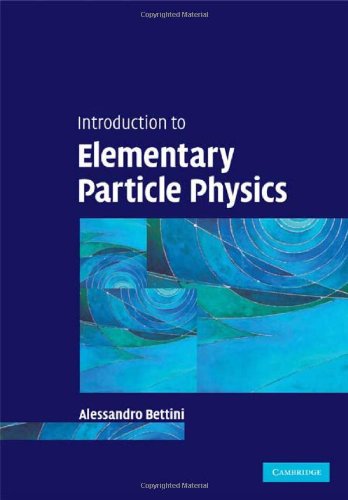
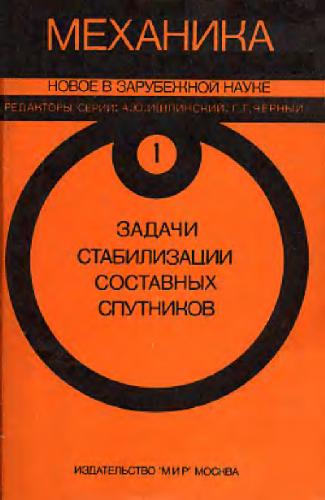
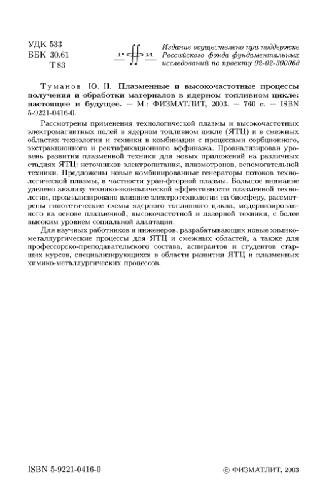
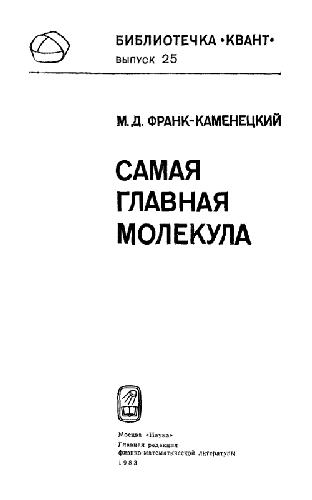
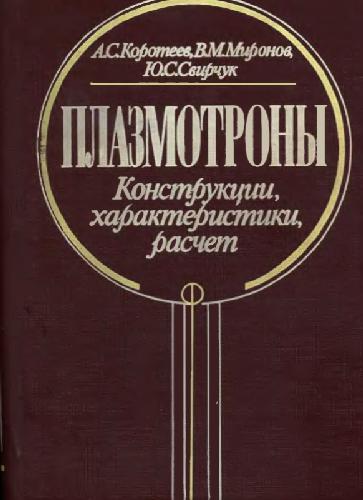

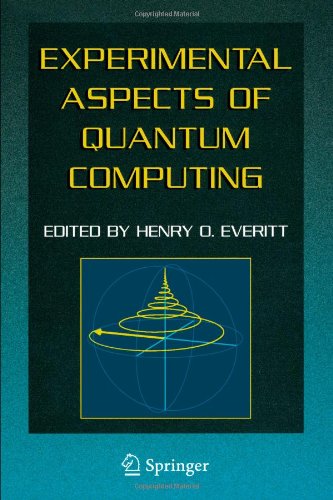
Reviews
There are no reviews yet.